When winter arrives, it can be tempting to bring plants inside to help them survive, but it isn’t always that simple. In reality, winter’s chill isn’t just rough on outdoor plants; some indoor houseplants can struggle as well. Ultimately, while a warm room may seem like a safe spot, certain plants need a specific balance of light, warmth, and humidity that even our cozy homes can’t provide when the temperature drops. Here’s a look at such houseplants that may not withstand the colder months, even indoors.
Gardenia
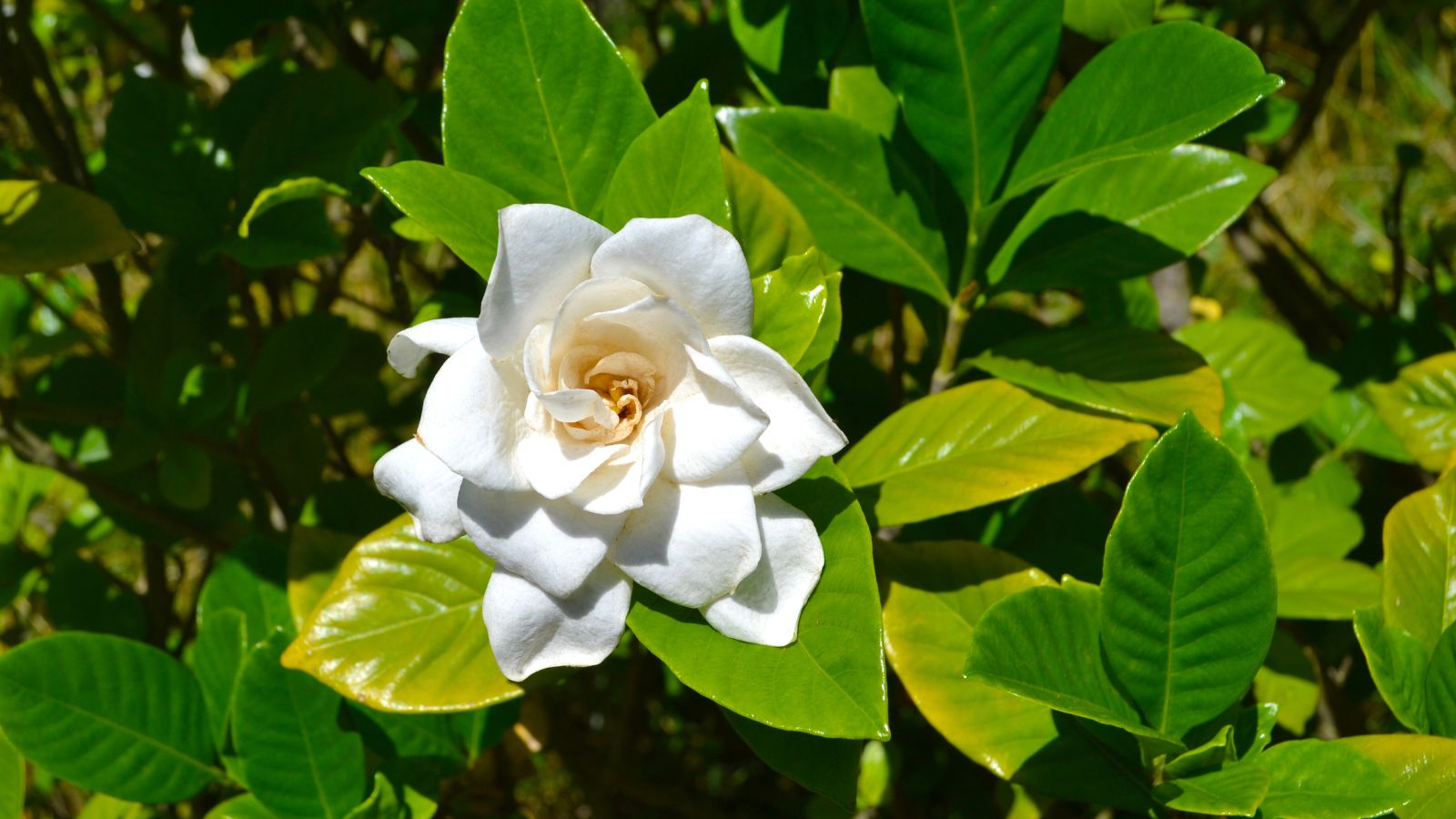
Any gardener will love how these fragrant beauties bring joy in summer, but winter’s low humidity spells trouble for them. Gardenias thrive in moist, warm conditions, and the dry air of heated indoor spaces makes them prone to leaf drop. Therefore, without plenty of bright light and consistently warm temperatures, gardenias will struggle to make it through winter indoors.
Fiddle Leaf Fig
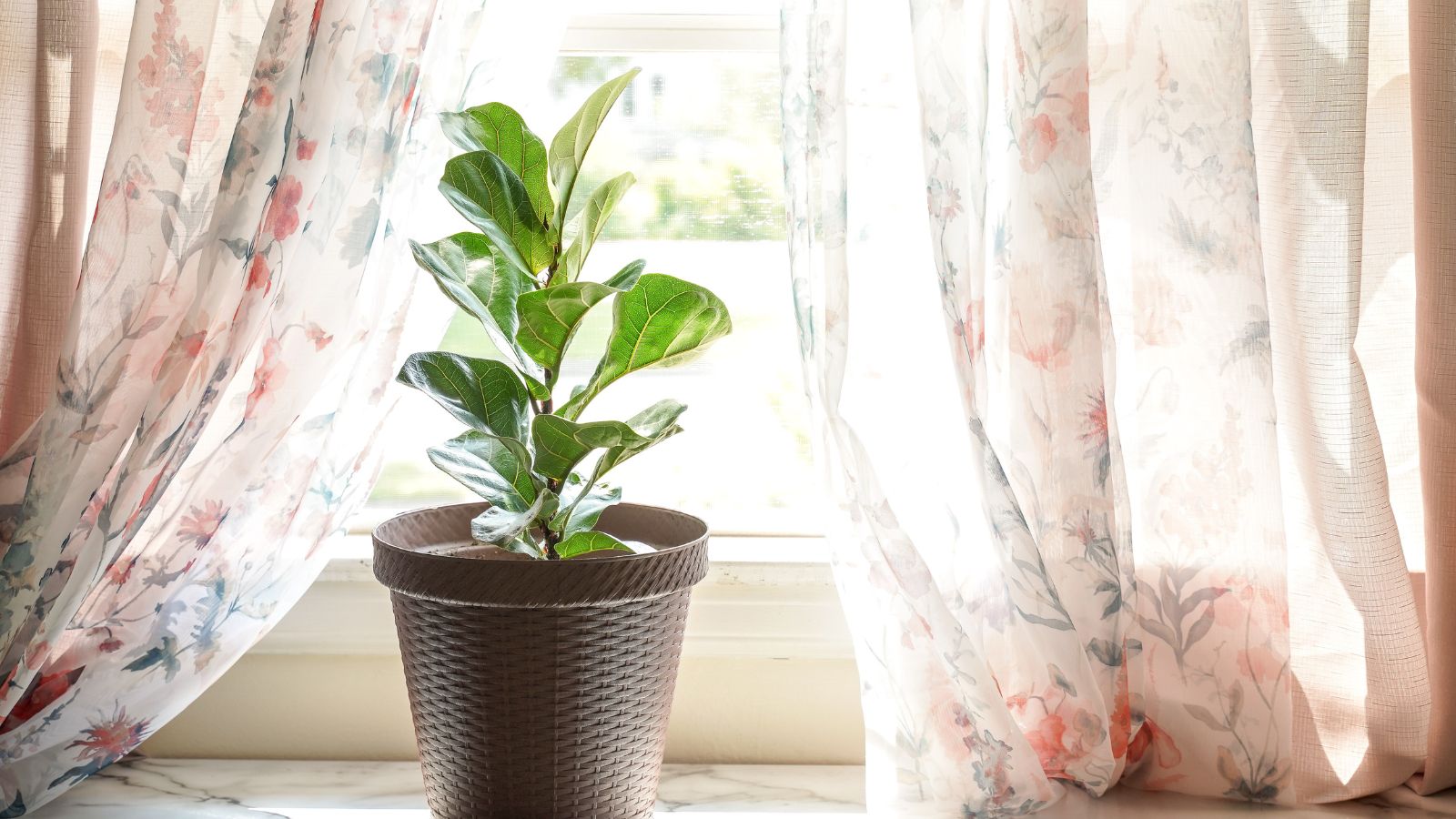
The ever-popular fiddle leaf fig isn’t as hardy as it looks, being particularly sensitive to temperature changes, low humidity, and drafts—common issues in winter. When these conditions fluctuate, this fig’s leaves brown and fall. Sadly, it’s a plant that thrives in the warm and humid conditions of summer, so you’ll have to bid them farewell when winter comes around.
Calathea
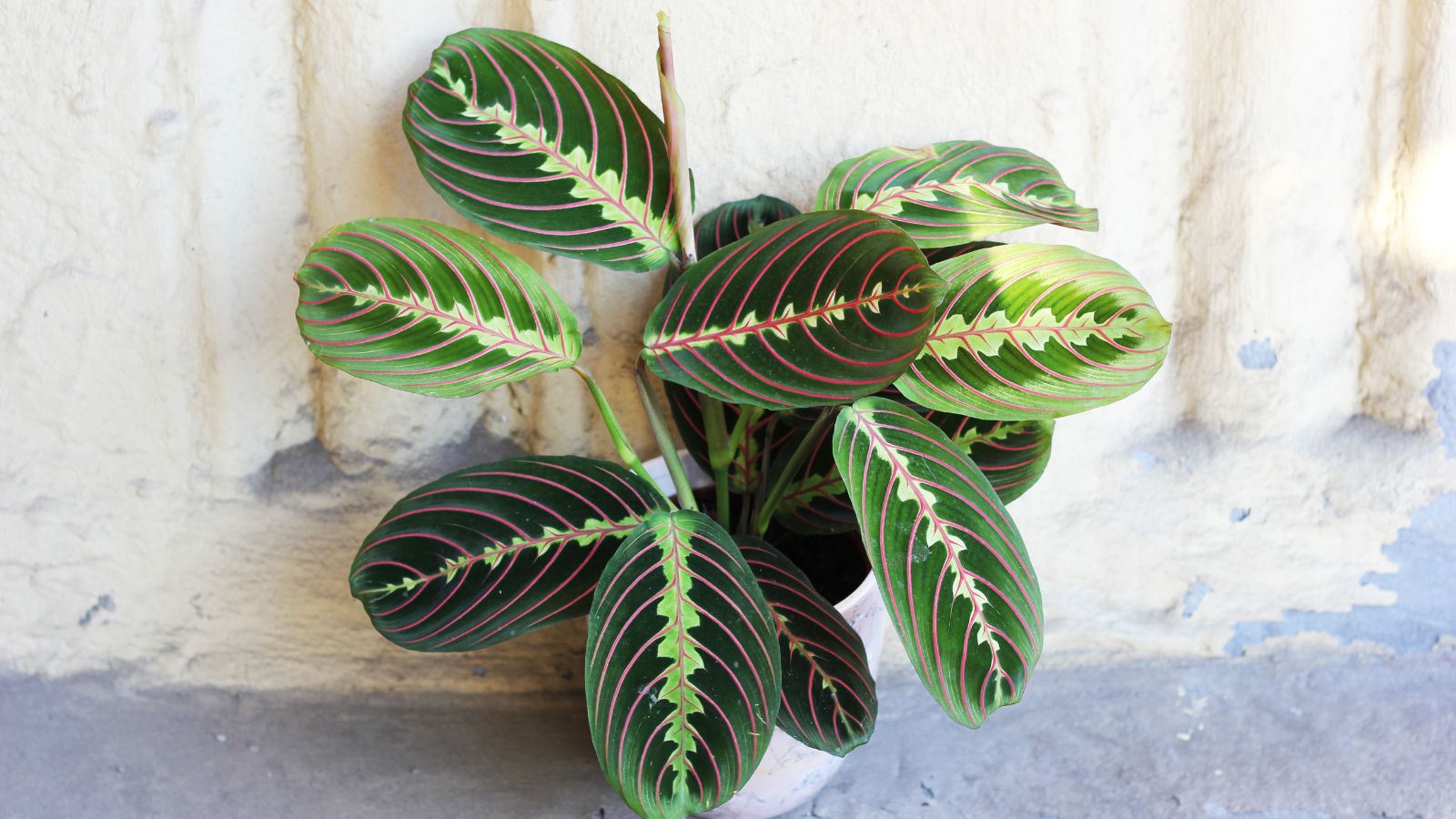
Known for their striking, patterned leaves, Calatheas demand high humidity levels to look their best. Unfortunately, heated homes dry out the air, and Calatheas are quick to show their dissatisfaction with such conditions. You can expect brown tips and curling leaves as signs of them struggling, making them a challenging plant to keep through colder months.
Boston Fern
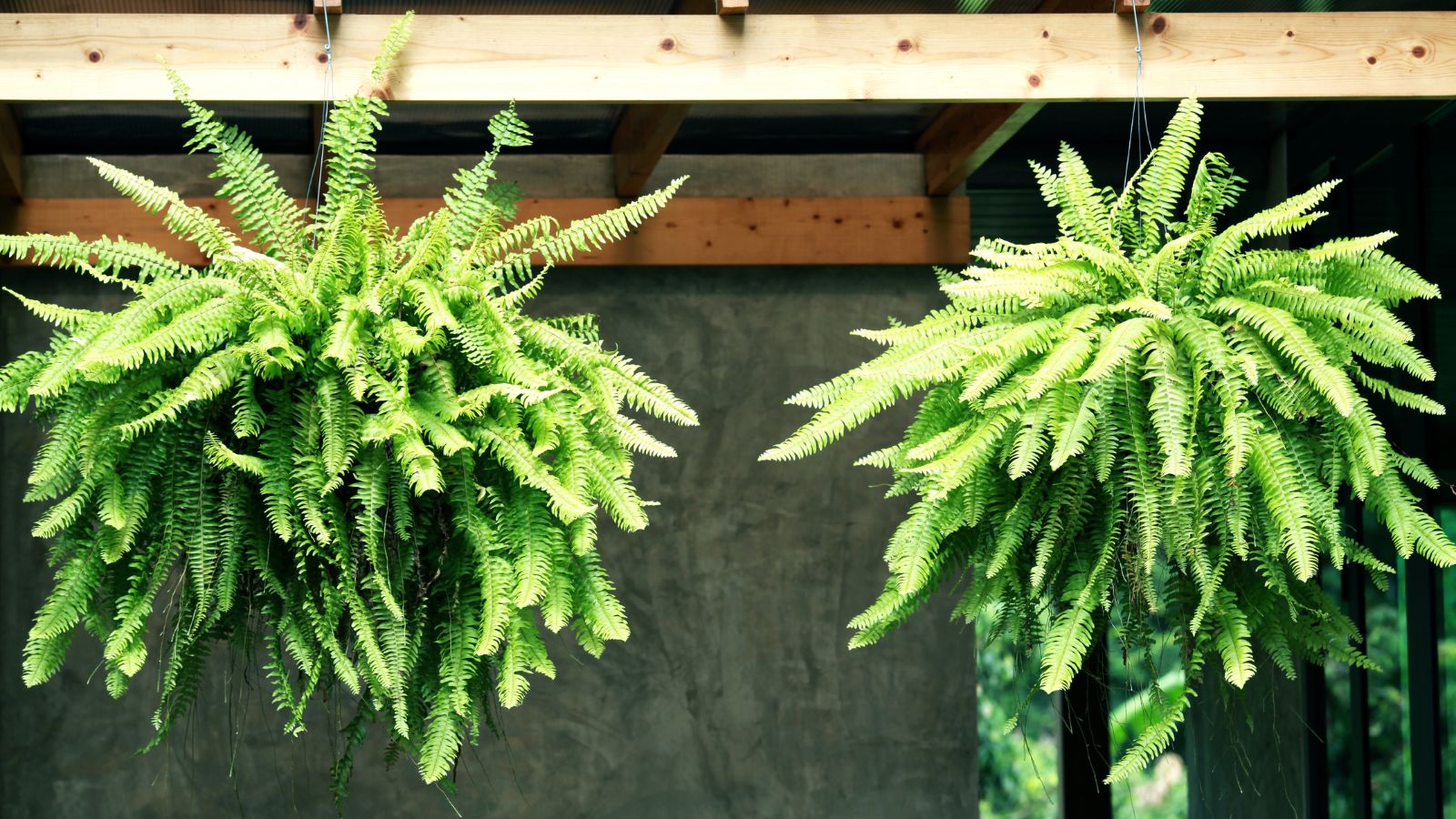
Boston ferns are another plant that is sensitive to the low humidity that is common during winter heating. When the air dries out, their feathery fronds become brittle and drop, meaning that even with regular misting, these ferns can be a handful to keep healthy through winter. The only way to keep them alive would be to use specialized humidifiers indoors until spring, which likely wouldn’t be worthwhile.
Orchid
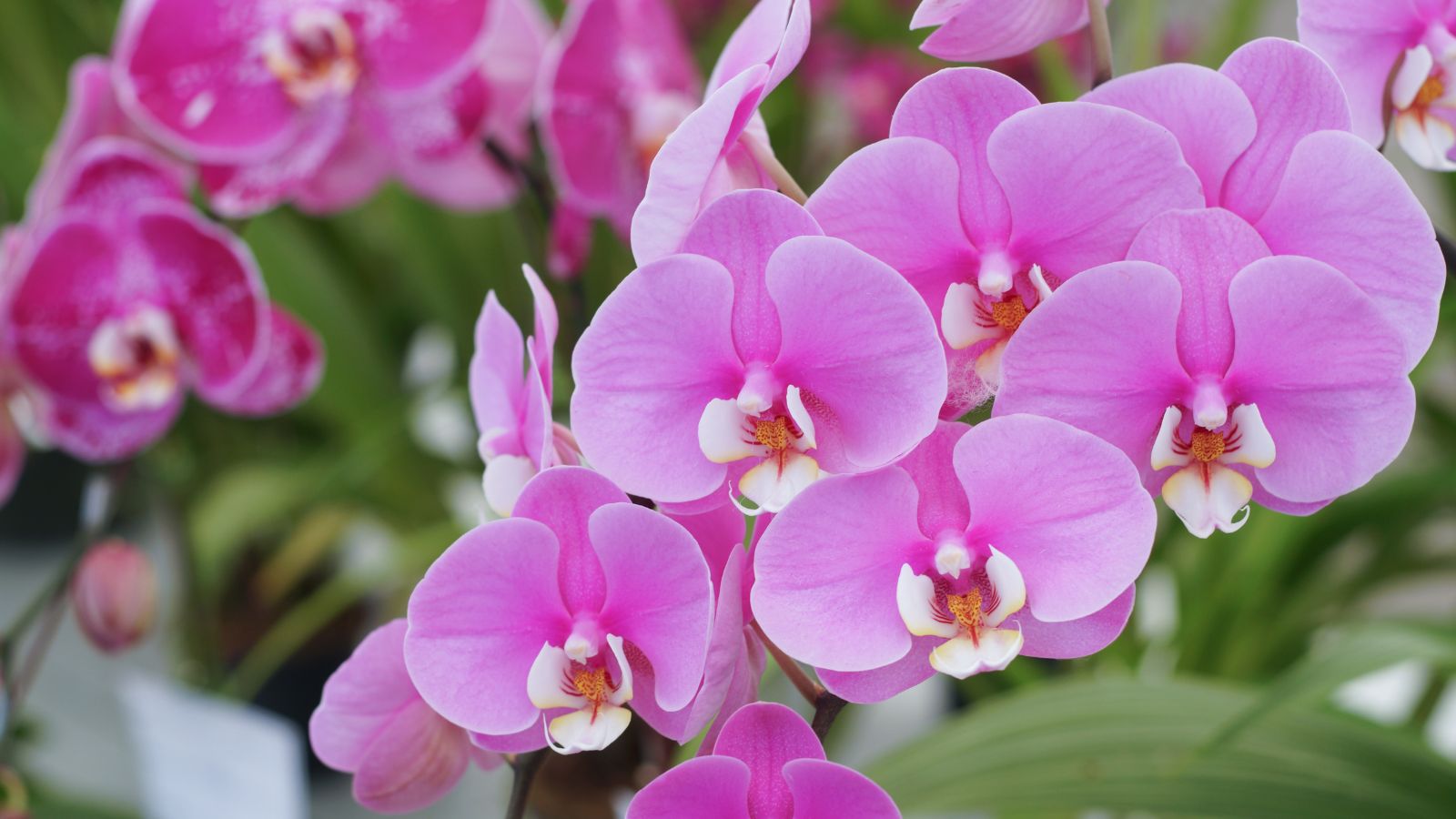
Another houseplant that won’t survive the winter indoors is orchids, which are tropical by nature and accustomed to warm, humid climates. Despite this, many people try keeping them indoors, but it rarely pays off. Sure, some varieties, such as the Phalaenopsis, can adjust better to indoor winter conditions, but most orchids still struggle with reduced light and dry indoor air, and will most likely die.
Croton

One of the best things about crotons is their beautifully vibrant color, and sadly, you’d have to say goodbye to this if you wished to take them indoors over winter. Frankly, the low light and inconsistent indoor temperatures would cause their leaves to fade and shed. Worse still, this is the best-case scenario, and realistically, they simply wouldn’t survive.
African Violet
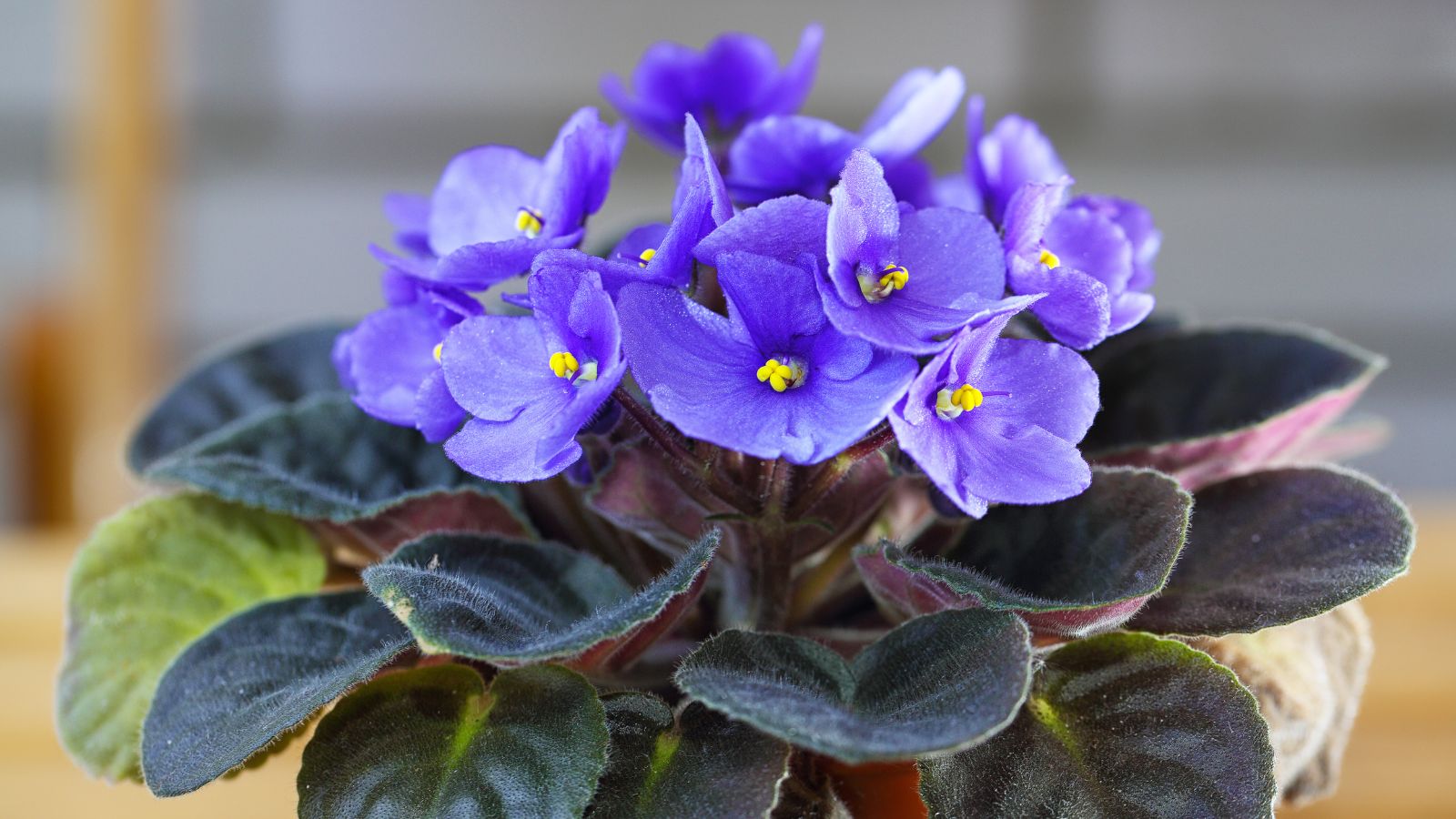
Although they’re often considered a reliable houseplant, African violets may not appreciate chilly conditions. This is because they’re sensitive to both cold drafts and lower light levels, which can hinder their blooming cycle. More still, winter’s reduced daylight can disrupt their natural rhythm, leading to sparse growth, fewer flowers, and the potential for death until conditions improve.
Aloe Vera
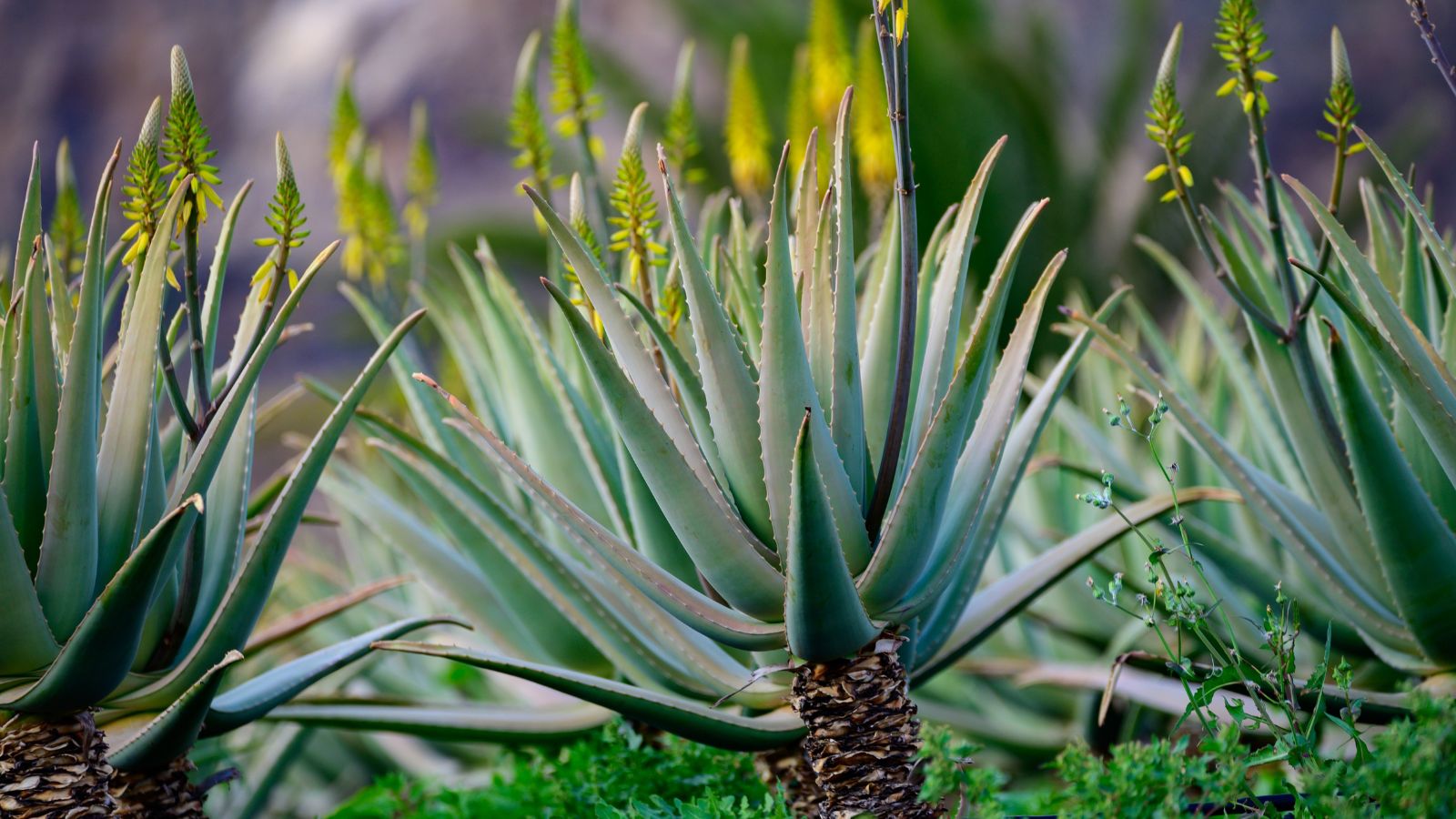
Yes, Aloe Vera is an incredibly resilient plant, but it still has its limits. Winter’s chilly indoors is not its ideal environment in the slightest; while it doesn’t demand humidity, Aloe struggles when temperatures drop too low. Cold drafts and a lack of sunlight can cause its fleshy leaves to turn brown, shrivel, and die, so ultimately, you should only keep them inside during winter if your region doesn’t experience too many cloudy winter days.
Peace Lily
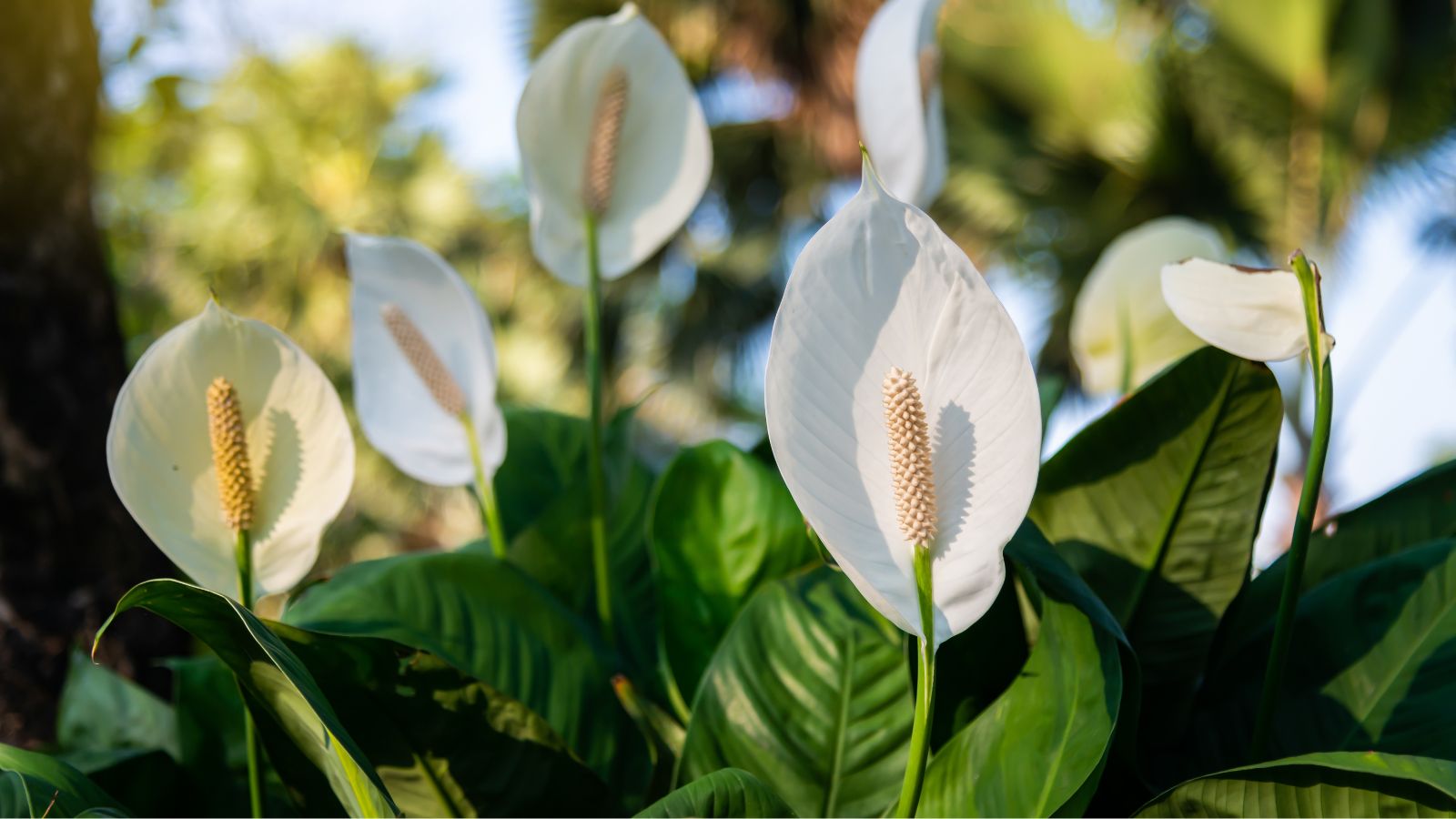
Peace lilies enjoy steady warmth and moderate humidity, so when winter arrives, and the air becomes dry, their glossy leaves can begin to droop and turn brown. They’re particularly susceptible to drafts and temperature drops, making them one of the trickier plants to keep looking lush through the colder months. Realistically, it’s just not going to happen.
Dumb Cane (Dieffenbachia)
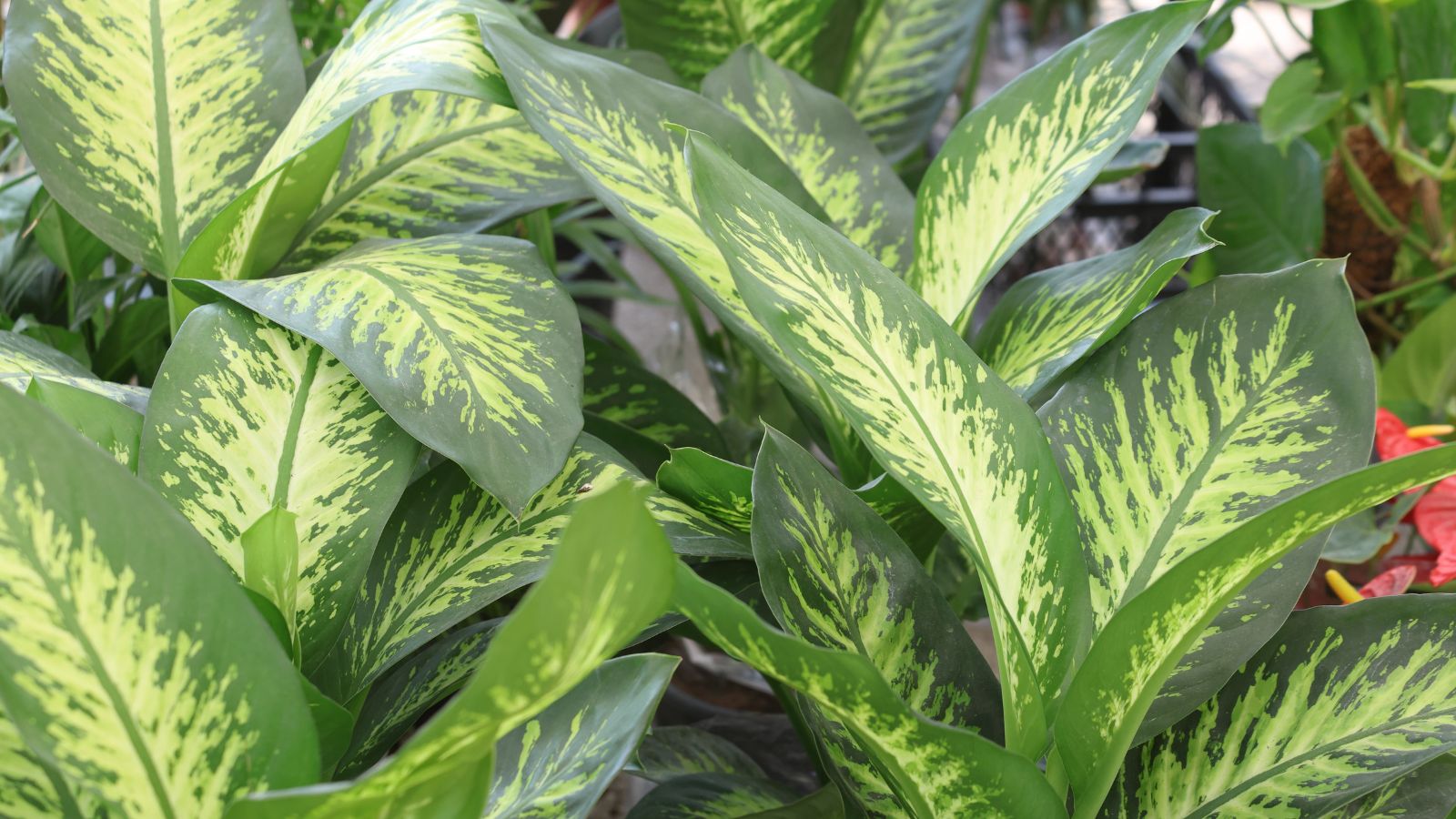
Beloved for its striking variegated leaves, dumb cane seriously dislikes winter’s low humidity and temperature swings. Exposing it to cold air will inevitably damage its delicate foliage, leading to yellowing and drooping. No one with green fingers would want to see that, so it’s best to stick to growing them indoors in warmer, more humid seasons.
Begonia
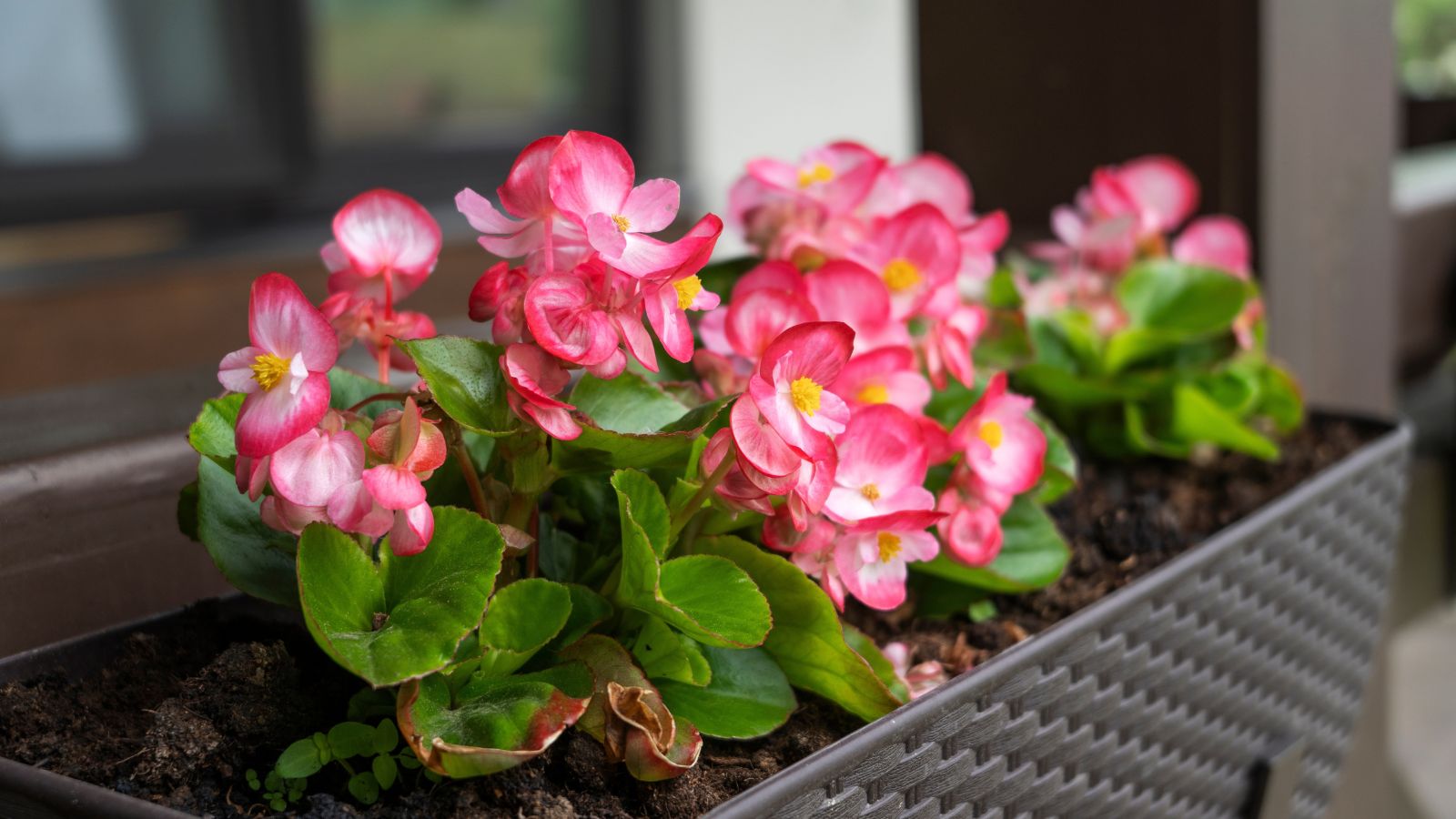
Another delicate indoor houseplant option is the begonia, which is particularly vulnerable to winter’s effects. They need bright, indirect light and steady warmth, conditions that are hard to replicate during colder months. Sadly, when indoor air dries out, begonias may suffer from leaf drop and stunted growth, causing them to die. A bit of extra humidity can help, but they’re generally winter-sensitive.
Banana Plant
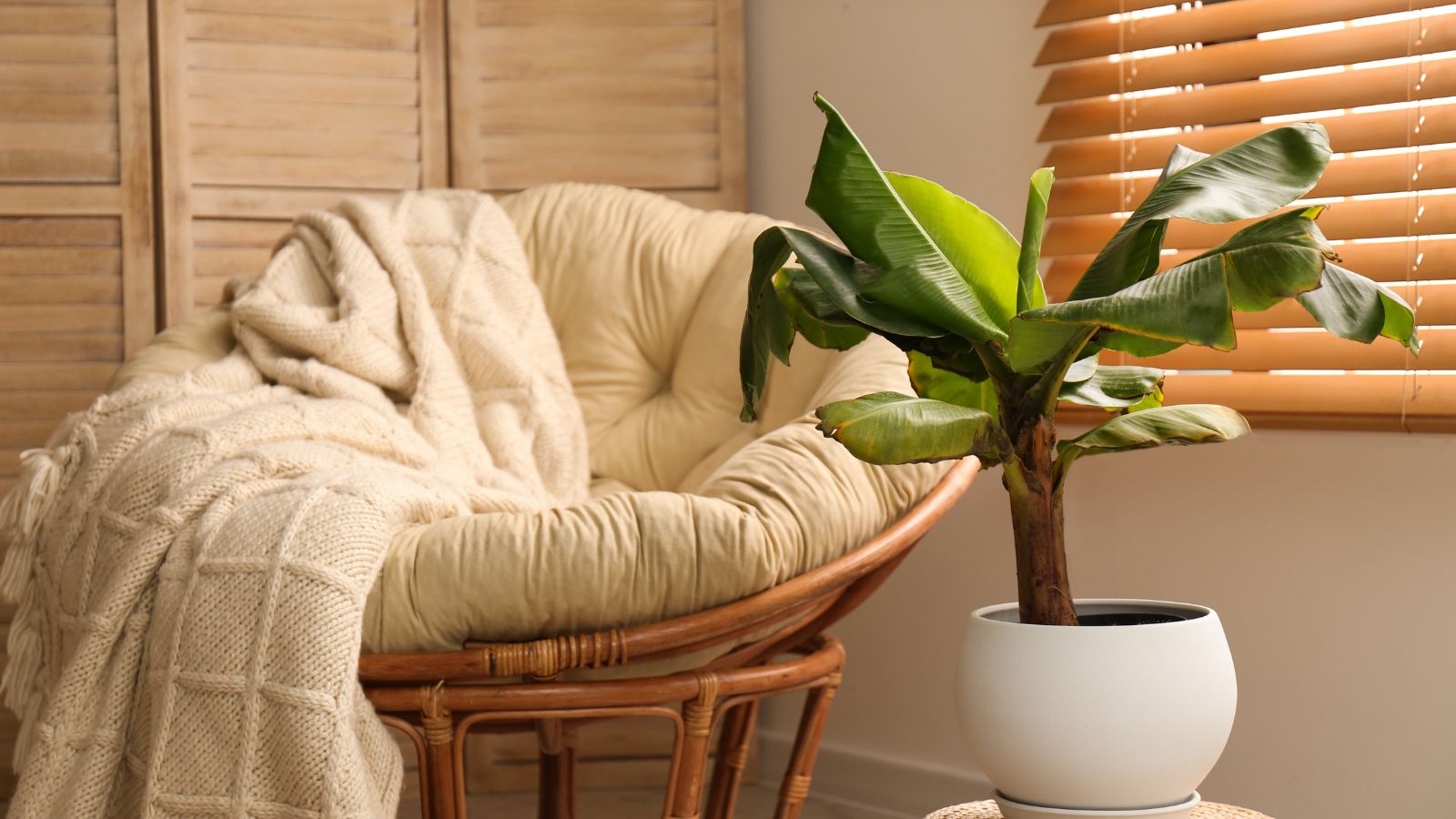
As you might guess, due to its tropical nature, the banana plant simply isn’t designed to survive indoor winters. These plants demand constant warmth, bright light, and high humidity, and it’s highly unlikely that you’ll be able to provide such conditions during the winter without expensive and specialized equipment.
Schefflera
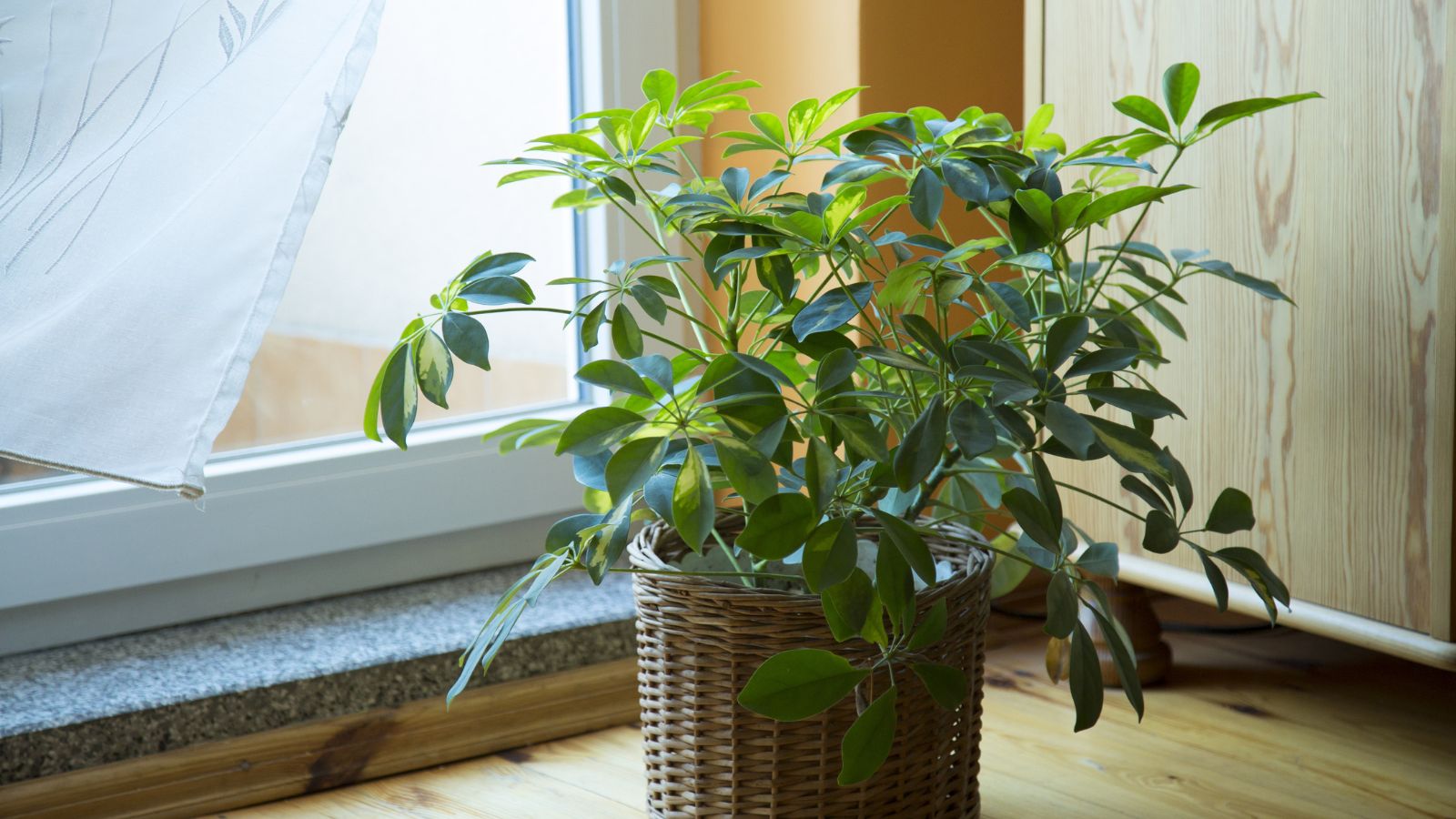
Schefflera, or the umbrella plant, can tolerate some lower light levels but struggles with temperature changes and drafts, both of which are common in winter. It can potentially handle the reduced sunlight, but it really won’t fare well when exposed to cold air. Unfortunately, its leaves may drop or turn brown, and survival is unlikely.
Jade Plant
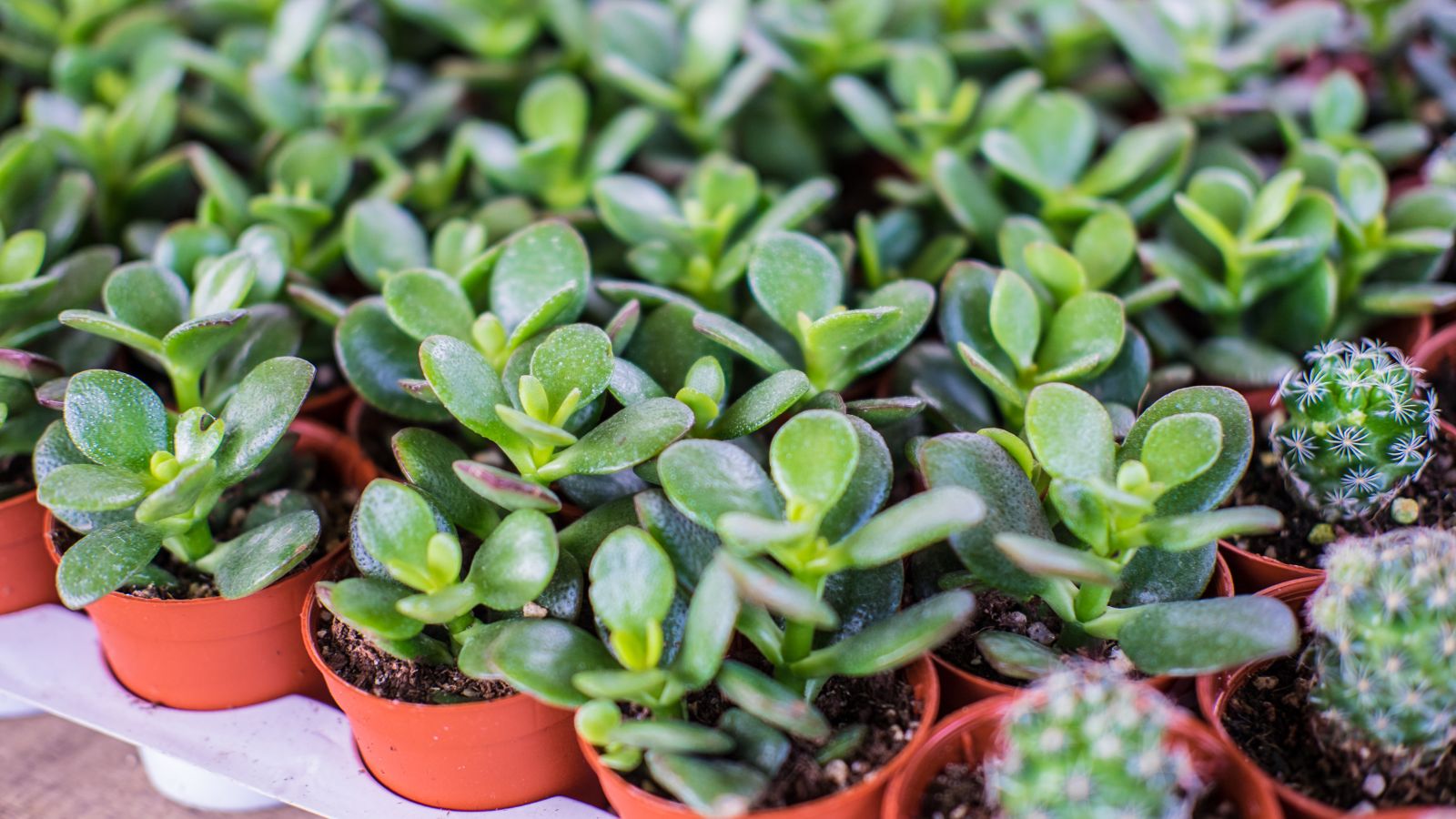
Jade plants are succulents, so you might think they can handle low humidity, but winter’s low light is actually their downfall. Without adequate sunlight, jade plants can stretch, lose their vibrant color, and even shed leaves, as they need bright light all year round to maintain their compact shape and healthy appearance.
Polka Dot Plant
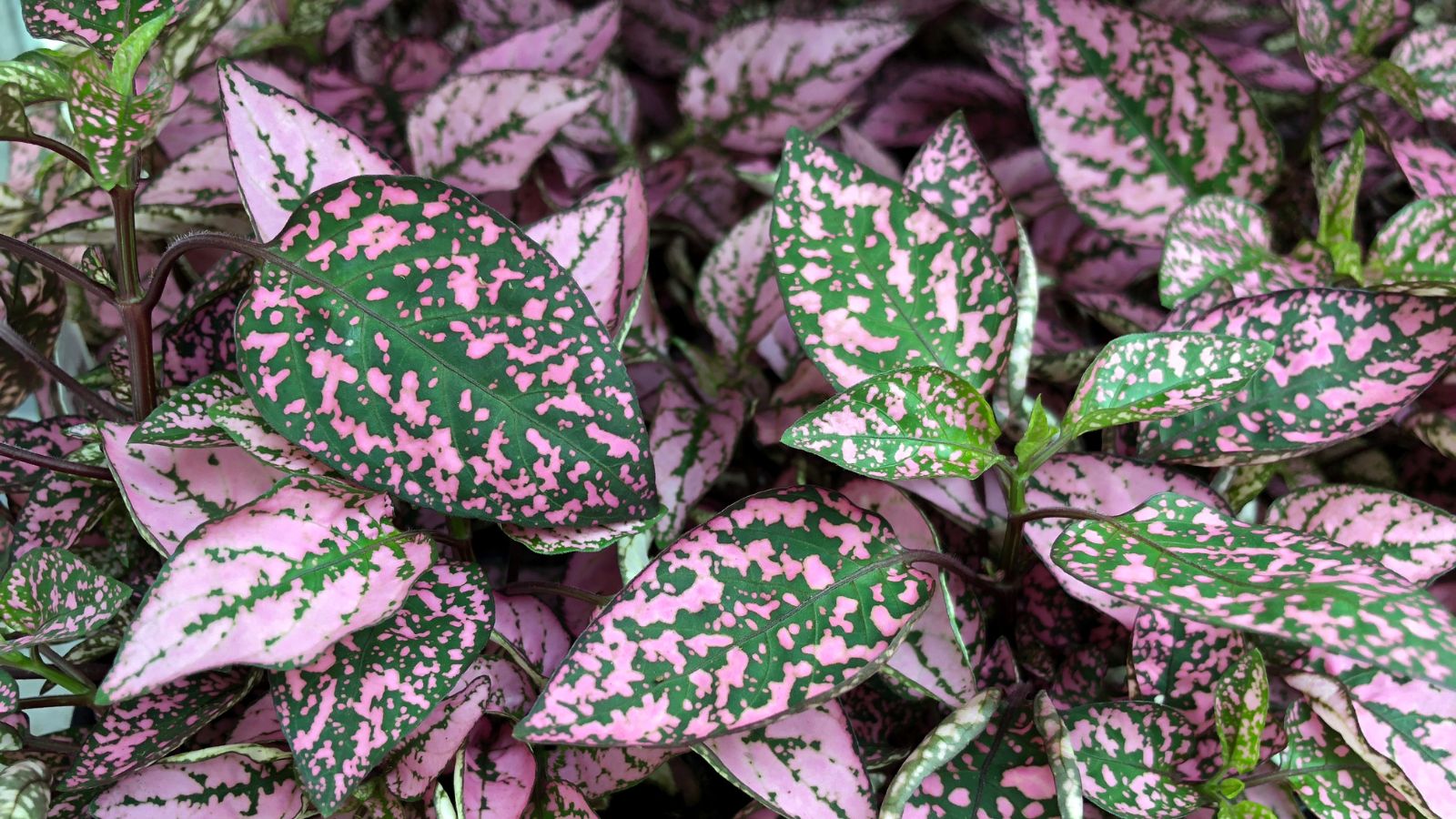
This colorful little plant is a serious challenge to keep looking good in winter. Polka dot plants are sensitive to both low humidity and temperature changes, needing consistent warmth and bright light to keep their characteristic pink, white, or red spots from fading. As a result, it probably won’t survive the shelter of indoor winters.
Ctenanthe
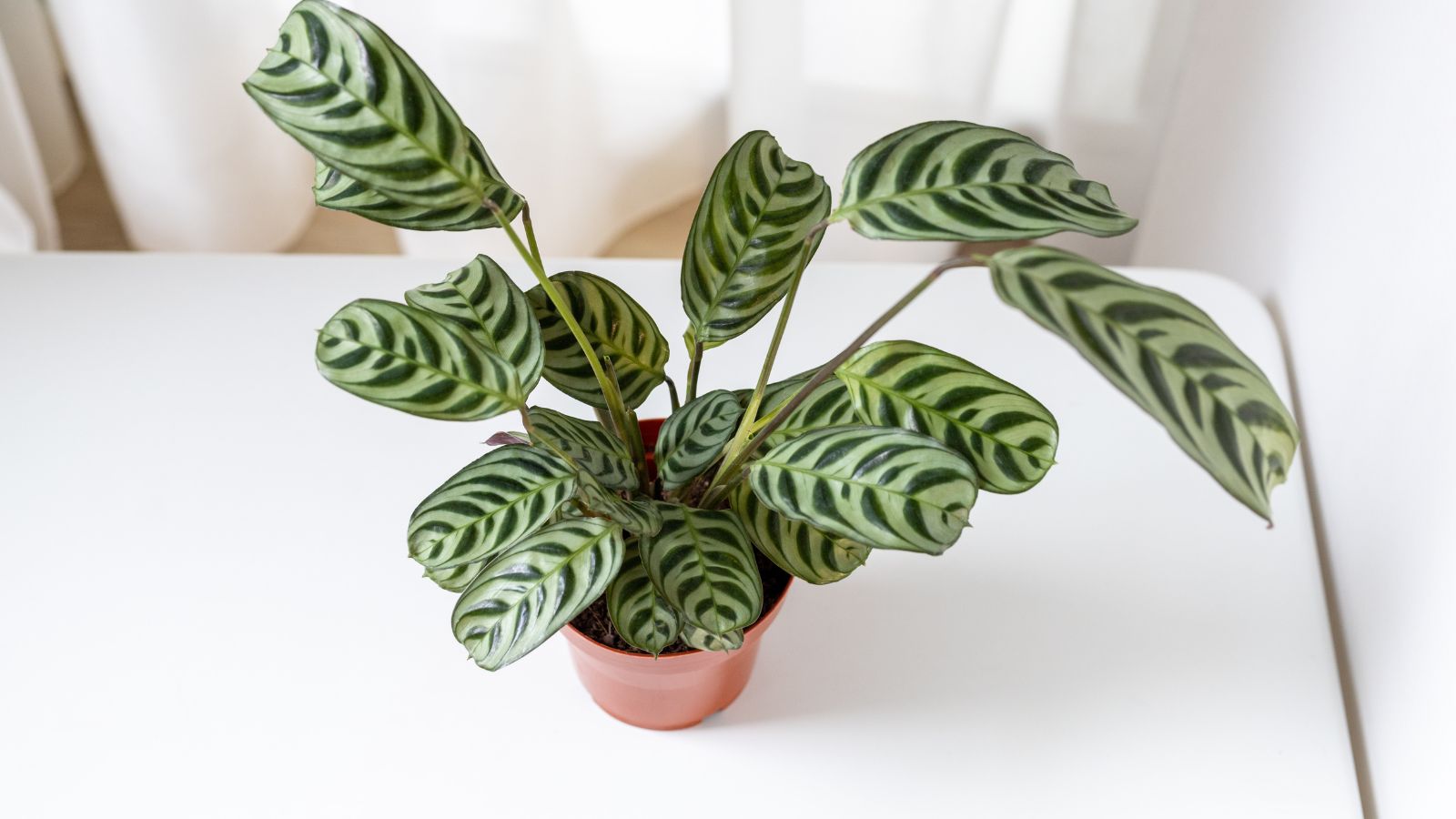
Finally, the Ctenanthe is closely related to Calathea and, therefore, shares its love for warmer, more humid conditions. Without these, their striking leaf patterns can quickly fade, and drafts and dry air will further stress them, leading to browning and curling leaves. So, you’re much better off sticking to tending to them once the spring comes around.
